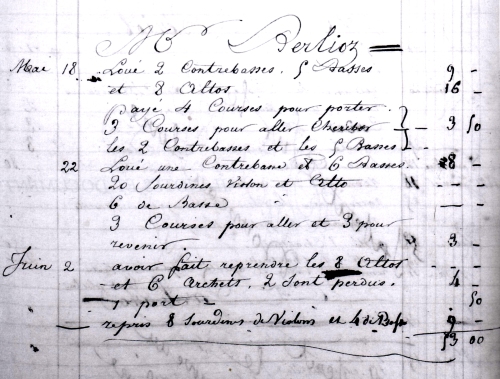For some decades the back entrance of the Hovedbanegård (Central Station) in København served as a shelter and meeting place for alcoholics, drug abusers, and drug dealers, because this part of the station faces Istedgade Kvarteret (Isted Street Quarter, above), a part of the city that accommodates prostitution and pornography shops and cinemas. When narcotics entered the milieu of prostitution, this part of the city also became the home of junkies and drug dealers.
After a major restoration of the station in the 1990s the management wanted to get rid of the abusers in the back entrance. So did many travelers. And as the police did not succeed, they adopted a concept that had proved its efficiency at the central station in Hamburg. By playing music from the Romantic period through a loudspeaker, they stressed the abusers so much that, after a few days of persistence, they left the entrance hall.
Most of the junkies and alcoholics are not familiar with nor attracted to classical Romanticism, and popular music has been a vital part of their lifestyle. Therefore they feel uncomfortable when smoking, fixing, or dealing accompanied by strange classical music. For the travelers, however, Romantic-era music is a preferred genre compared to, for example, medieval music, atonal music, bebop, or modern jazz, and they are not bothered by it during the half minute it takes to pass through the entrance.
This according to “Musik for misbrugere” by Olav Harsløf (Antropologi LIV [2006–2007] pp. 87–98). Below, an excerpt from Berlioz’s opium-themed Symphonie fantastique, a Romantic-era work suitable for the station’s loudspeaker.




